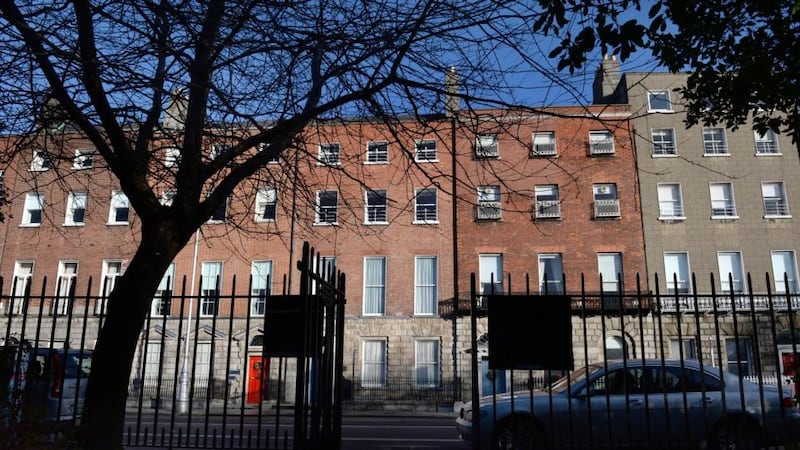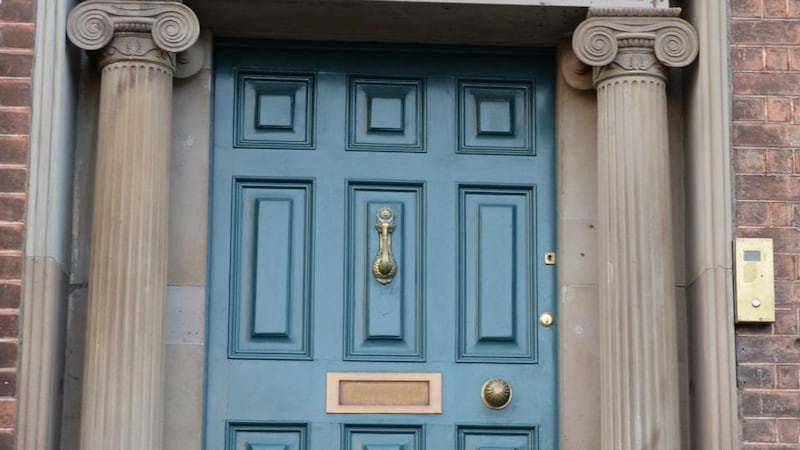A scheme to bring the historic houses of Dublin's south Georgian core back into use is to be introduced by Dublin City Council.
The council has assessed some 200 houses on Merrion and Fitzwilliam squares and the surrounding streets and is developing templates which will allow them to be productively used without compromising their protected status.
Unlike their counterparts on the northside of the city, the Georgian houses of the south inner city largely lost their residential use in the 20th century and became predominantly offices.


However, these grand houses have begun to lose their commercial appeal and new developments particularly in the docklands are now commanding higher rents. The level of vacancy on Merrion Square has been assessed as almost 20 per cent.
"To a large extent these buildings have lost their function as being small offices with a medical and legal emphasis. We think there is a huge potential for the south Georgian core to revert back to a desirable residential area," Jim Keogan, executive manager of the council's planning department said.
The council has commissioned conservation architects to develop templates which building owners, or prospective buyers, will be able to use to convert houses into single family homes, apartments, mixed use buildings, or to refurbish them for modern office use.
“Buildings in Georgian Dublin may appear quite uniform from the outside but there are several different types of floor layout. Several templates will be prepared for the range of the most common types of floor plans.”
The templates will give guidance to owners on how to deal with fire and access issues, building control issues, the installation of bathrooms and kitchens, suggested layouts and sizes for rooms, and the number of units that could be accommodated in a particular property that was to be subdivided.
"Paradoxically residential has a far greater impact and presents far more problems than non-residential, largely because of the installation of kitchens and bathrooms, so the templates would show how these things may be done without endangering the fabric of the building. There are some buildings which would be too precious because of their high architectural quality to be used for anything other than singular use, office or residential."
Threat of vacancy
Vacancy is the biggest threat to historic buildings, Mr Keogan said. The council has already introduced measures to try to bring historic buildings back into use. Where an owner is making an application to the council to change the use of a building they are exempt from paying development levies. An owner extending a protected structure pays only half the standard development contribution.









